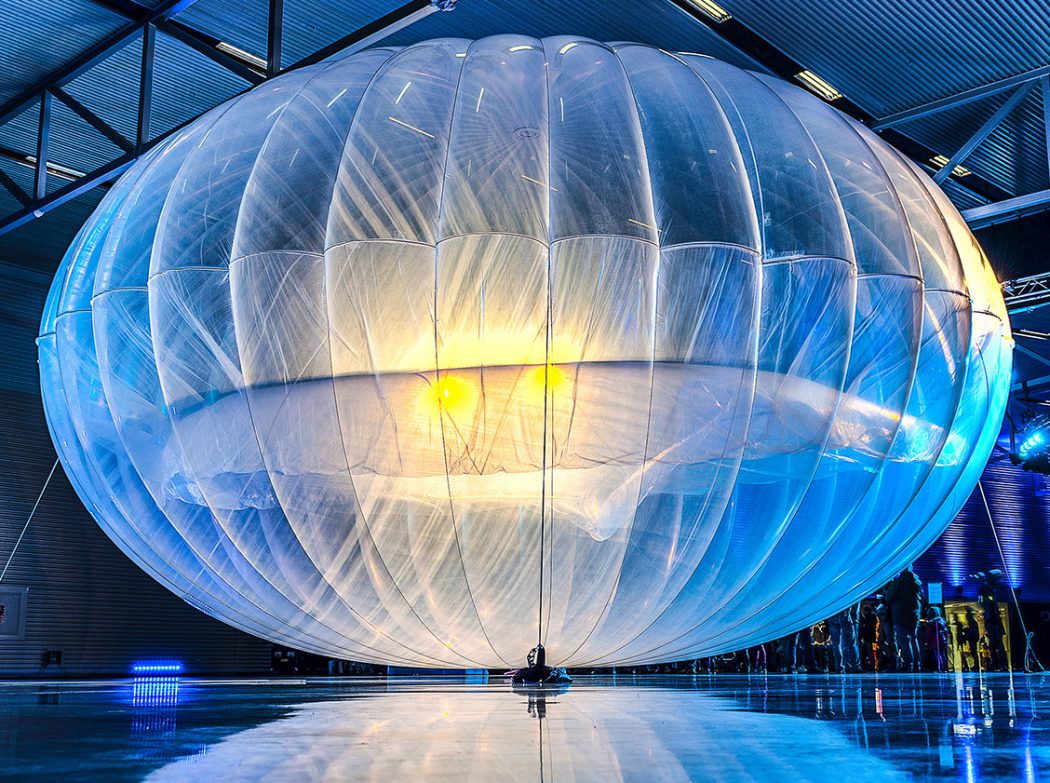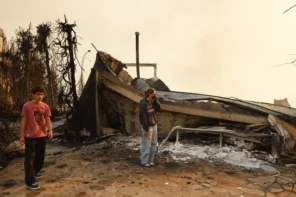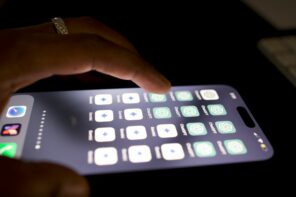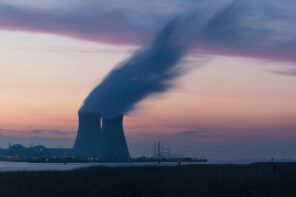With an exponential growth in the occurrence of natural disasters, punctuated by this month’s California Wildfires, the need for advancement in disaster relief is stronger than ever. Luckily, there is growing optimism amongst experts, in the ability of ever-advancing technology to tackle such drastic challenges. The increasing use of social media, satellite imagery, and drones has resulted in a more efficient and widespread information flow, helping both survivors and response crews, savings thousands of lives.
This, however, has not always been the case, with Hurricane Katrina serving as the paramount example of what happens when a response system breaks down. Widely regarded as one of the biggest disaster failures for the US government, Katrina is characterized by slow speed at which the federal government responded to the Category 5 hurricane. If the response had been quicker, many of storm’s 1,833 fatalities could have been avoided. Additionally, getting governments to consider a technological approach to preemptively advance disaster response has been, historically, difficult. According to George Hogan, a senior staff member at the Massachusetts Institute of Technology Lincoln Laboratory, “People don’t want to donate money to those things ahead of time.” Yet, a recent focus on technology as a way of easing the results of a natural disaster seems to be on the rise.
One of the most powerful tools when it comes to responding to a natural disaster is your phone. Nearly everyone carries a smartphone on them at all times, making it much easier for survivors to stay connected and organize accordingly. More specifically, social media and messenger apps allow emergency crews to immediately attend to the needs of the survivors and potentially save lives. For example, during the Hurricane Harvey flooding, the Cajun Army — a not-for-profit disaster response force — came in mass from Louisiana to the aid of their neighbouring state. Using social media, they were able to quickly locate people and effectively communicate with those stranded by the flood. A tweet, depicting the increasing floodlines in a nursing home, underlines the power social media has, not only as a ‘flare gun’, but as a way of indicating the severity and reality of the event.
In October 2017, one month after the Hurricane Maria hit and devastated Puerto Rico, over half the island’s population lost power. However, Project Loon, a collaboration between Google’s parent company Alphabet and cell phone carrier AT&T, launched a helium air balloon, bringing internet to over 100,000 people. This allowed people to ask for help, coordinate repairs on damaged homes, and get back to work, highlighting the benefits of increasing connectivity through social media and the inventive hardware solutions that can support it in extreme circumstances.
However, Project Loon, a collaboration between Google’s parent company Alphabet and cell phone carrier AT&T, launched a helium air balloon, bringing internet to over 100,000 people
In addition to helping disaster victims, technological advancement can be of immense benefit to the emergency managers and response personnel. In the wake of the recent California Wildfires, the next California governor, Gavin Newsom, is creating a high-tech plan to fight such disasters and minimize repercussions. As he outlined during his campaign, Newson is planning on expanding the state’s early warning system, a solution receiving renewed attention. Furthermore, with Pacific Gas & Electric expecting to play a major role in the plan, experts are calling it a “game-changer.” During his campaign, Newsom underscored the value of disruptive technological solutions for wildfires. California has begun using Artificial Intelligence in early warning infrared cameras placed around the state, with the ability to spot wildfires and thereby warn nearby firefighters. Newsom hopes to increase the number of these cameras by six-fold, from 80 to nearly 500, over the next four years. Mayra Tostado, PG&E spokeswoman, explains that they have a goal of implementing 600 cameras by 2022, which will cover 90% of its service territory. “My estimate is that it will reduce the damages by ten-fold,” says former California Governor, Gray Davis, “It will dramatically reduce the lives lost and damage cost caused by these fires.
Although technology’s transformation of disaster relief is far from complete, we can have confidence that the next wildfire outbreak will be met with a more proactive and sophisticated response strategy.








